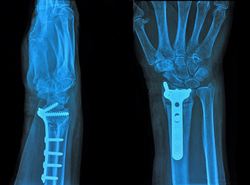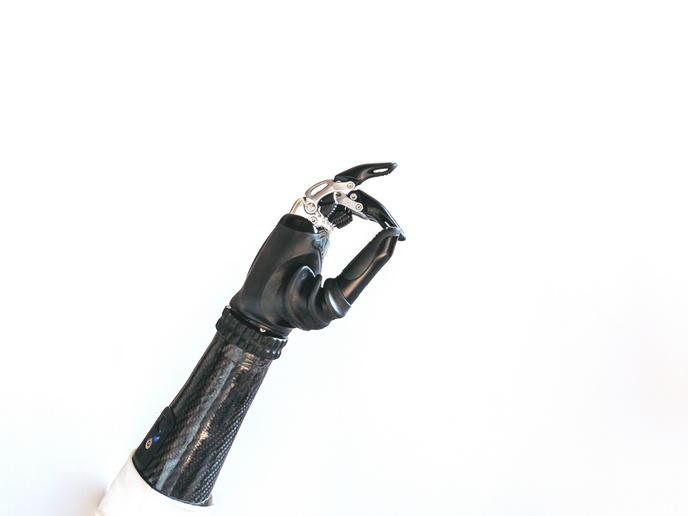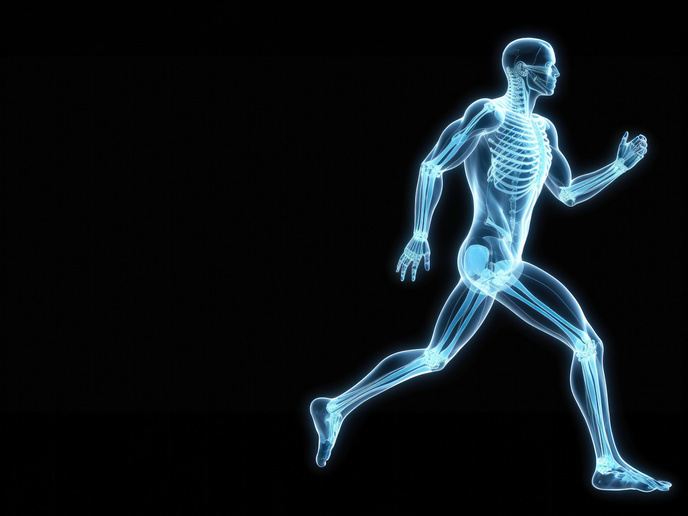Novel scaffolds for implants
In recent years, the need for orthopaedic implants rose considerably given the increase in the aging European population and the number of accidents. Implants have the capacity to treat injured bones at a faster pace and with better recovery, thereby decreasing operational and hospitalisation costs. New generation implants consist of three-dimensional (3D) scaffolds that support the growth and differentiation of stem cells. The microenvironment or niche represented by the implant substrate requires careful consideration and design. The scope of the EU-funded PLASMANANOSMART (Plasma- and electron beam-assisted nanofabrication of two-dimensional (2D) substrates and three-dimensional (3D) scaffolds with artificial cell-instructive niches for vascular and bone implants) project was to develop functional 2D-substrates or 3D-scaffolds for cardiovascular and bone implants. For this purpose, they used sophisticated nanofabrication technologies to generate artificial cell-instructive niches that would allow stem cell differentiation towards the osteogenic or vascular lineages. Researchers tested novel materials and optimised their surface structuring, which was coated with metal alloys and hydroxyapatite (HA). The HA film could be adapted in terms of morphology, stoichiometry and thickness, and facilitated efficient cell adhesion. Additionally, scientists prepared a multifunctional biocomposite based on HA coating and silver nanoparticles with anti-bacterial properties. Considering the importance of the surface properties of medical implants in cell adhesion, proliferation and differentiation, the consortium investigated various parameters of polymer scaffolds. Using a multitude of methodologies, they determined the structure, porosity and nanoparticles distribution of the polymer scaffolds. The biodegradation and corrosion resistance behaviour of the scaffolds were also investigated. Using X rays, researchers concluded that polymers enriched with inorganic particles offered improved mechanical and biological properties. Collectively, the polymers generated during the PLASMANANOSMART project have the potential to be successfully integrated into the orthopaedic practice and market. The innovative bioengineering approach guarantees the long-term support of the implanted tissue, thereby reducing the socioeconomic burden of repeated surgical interventions.







